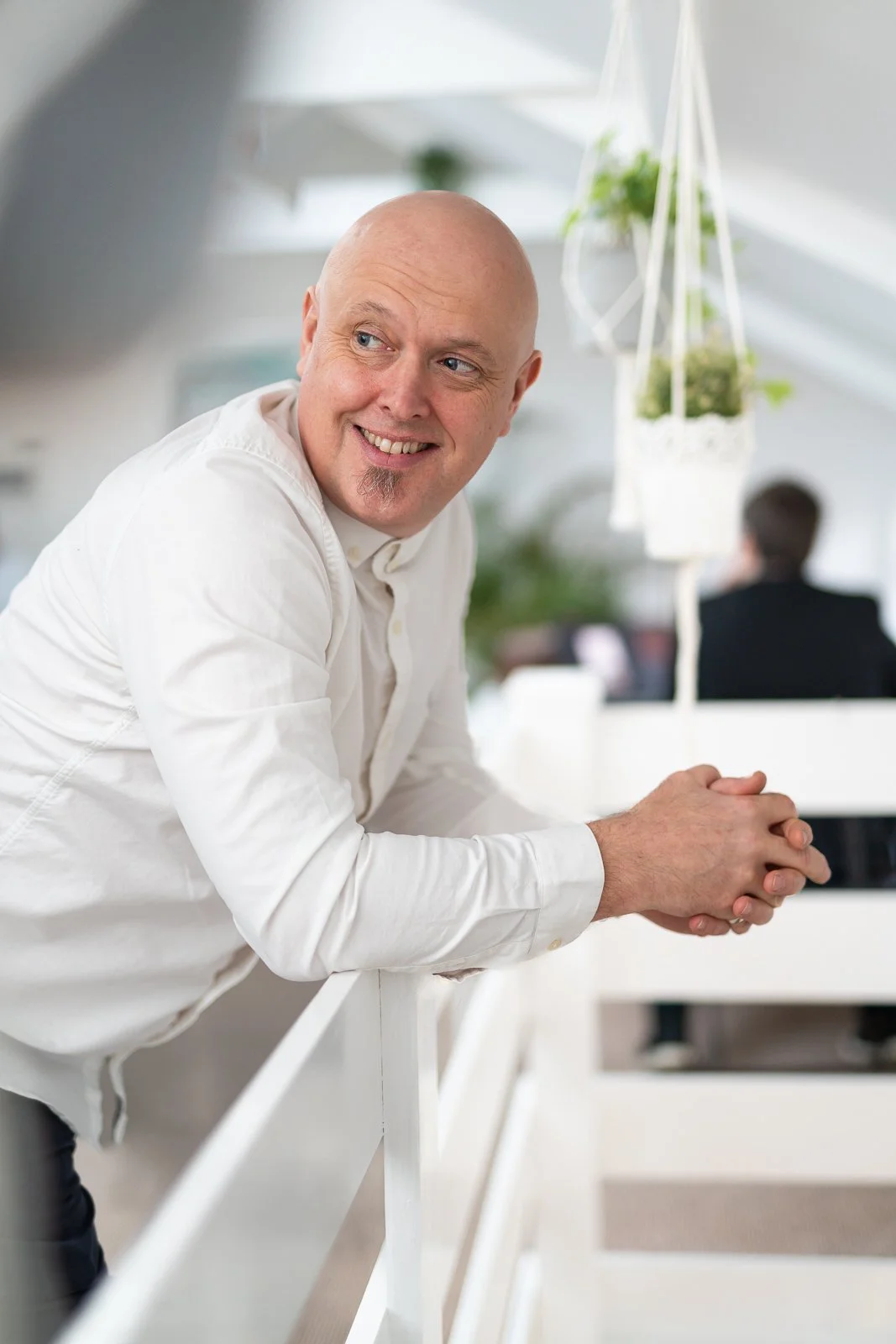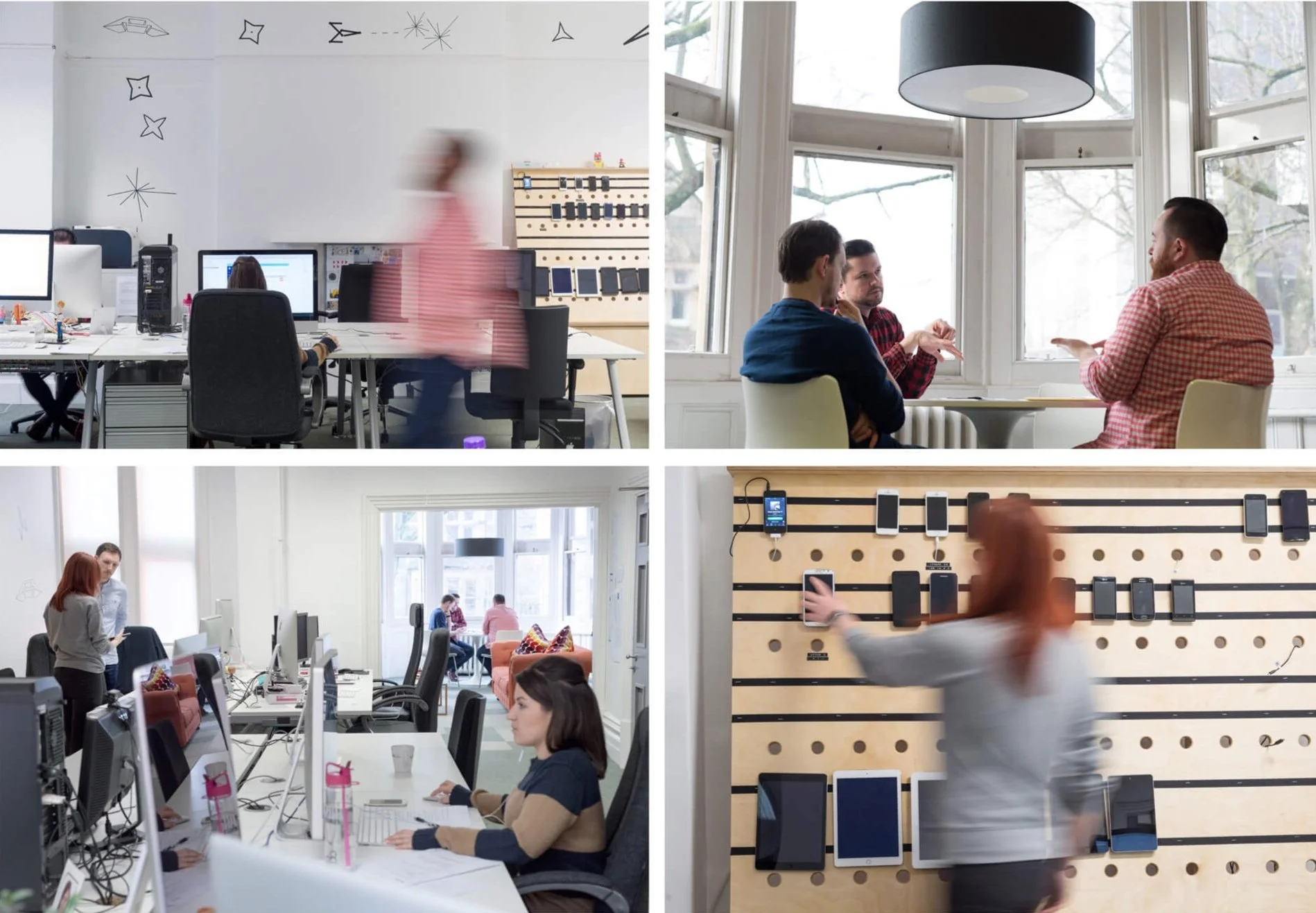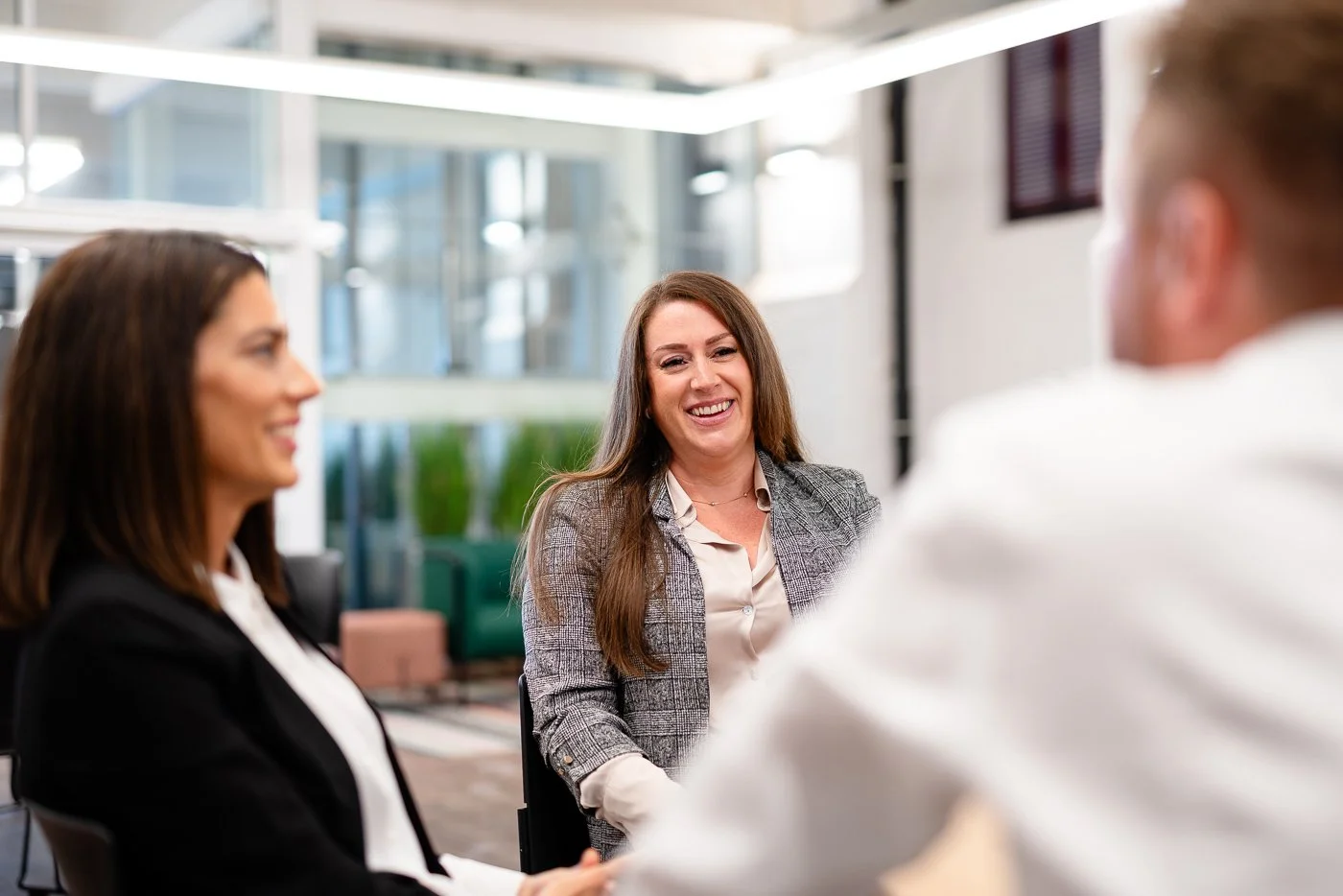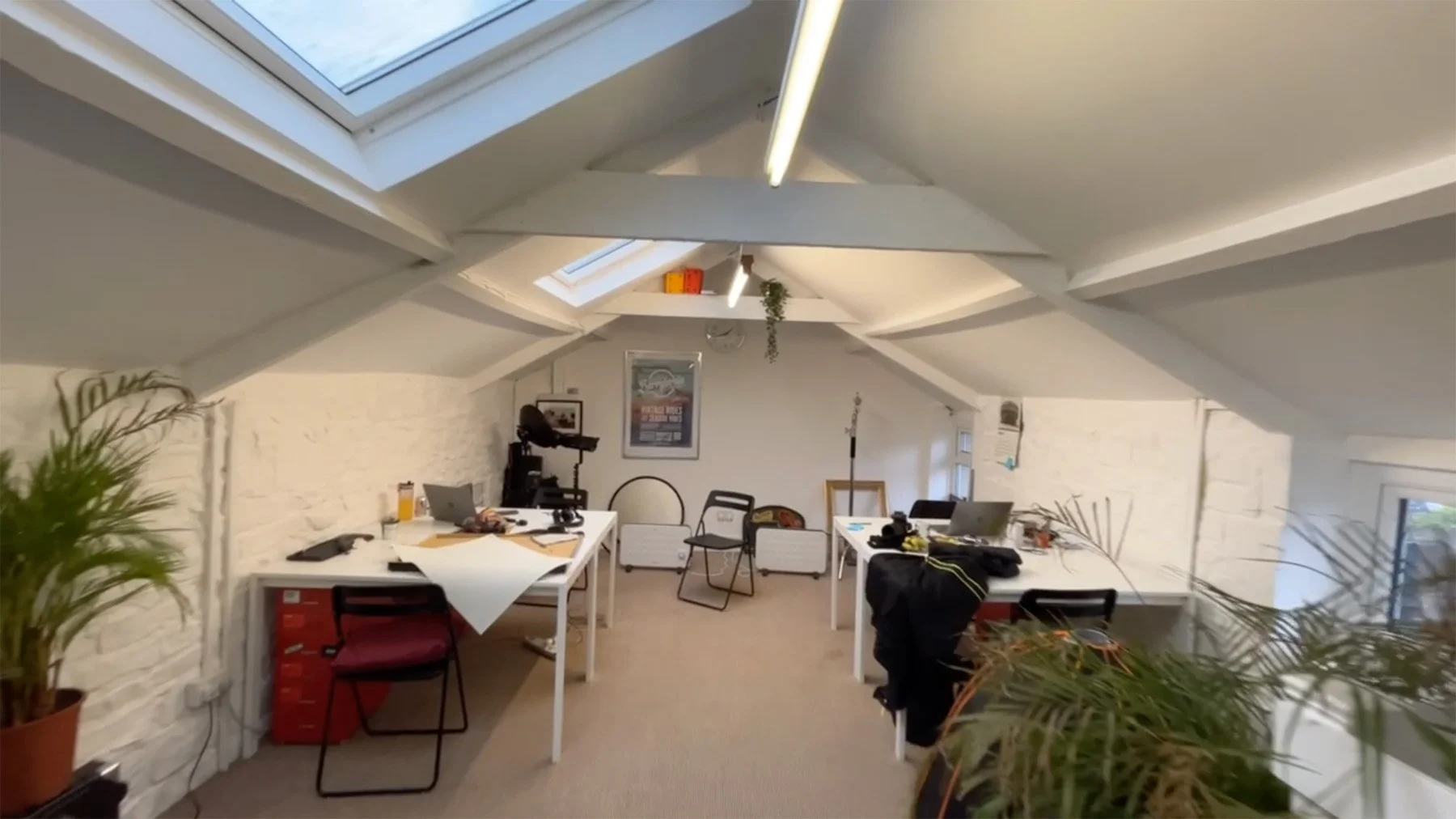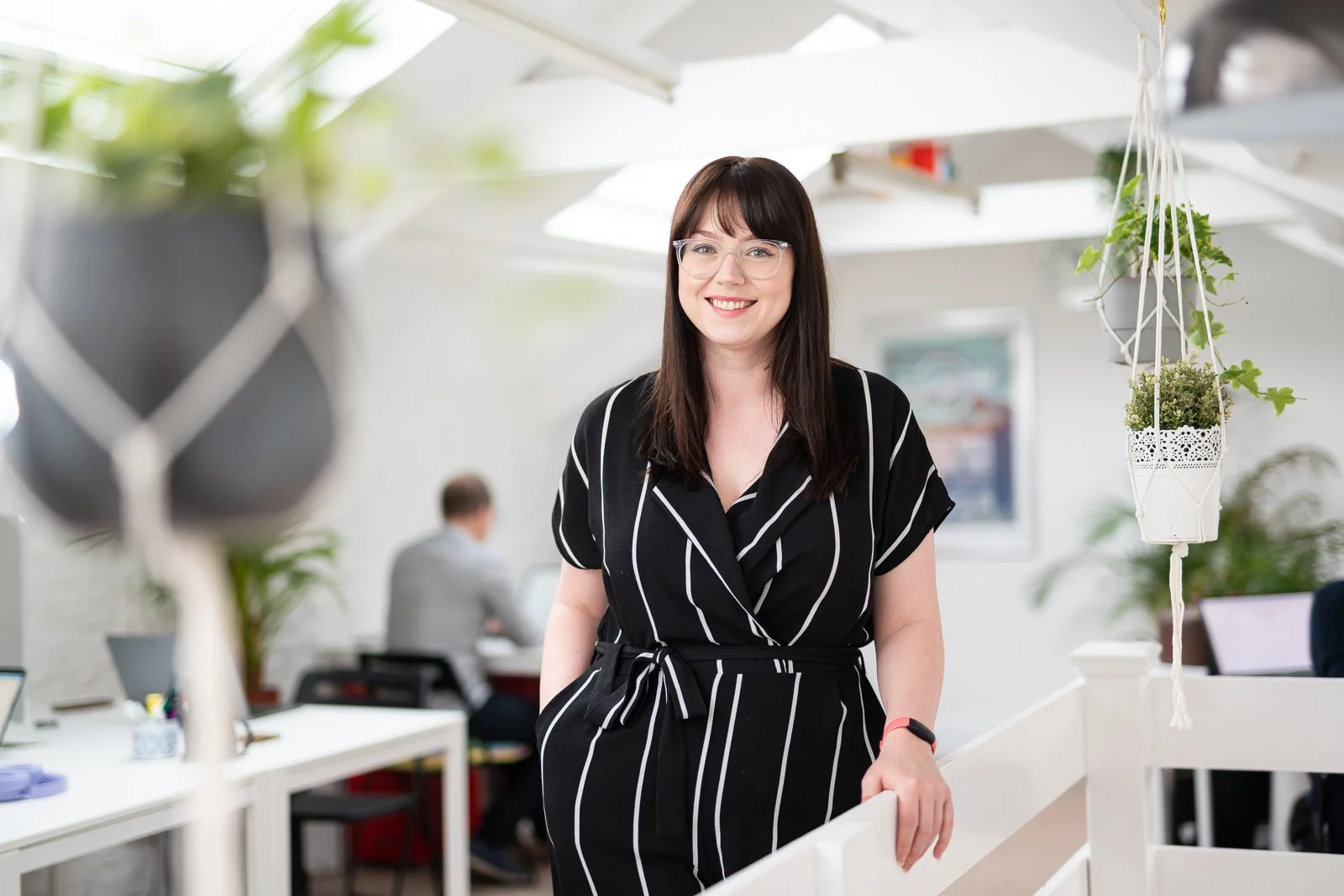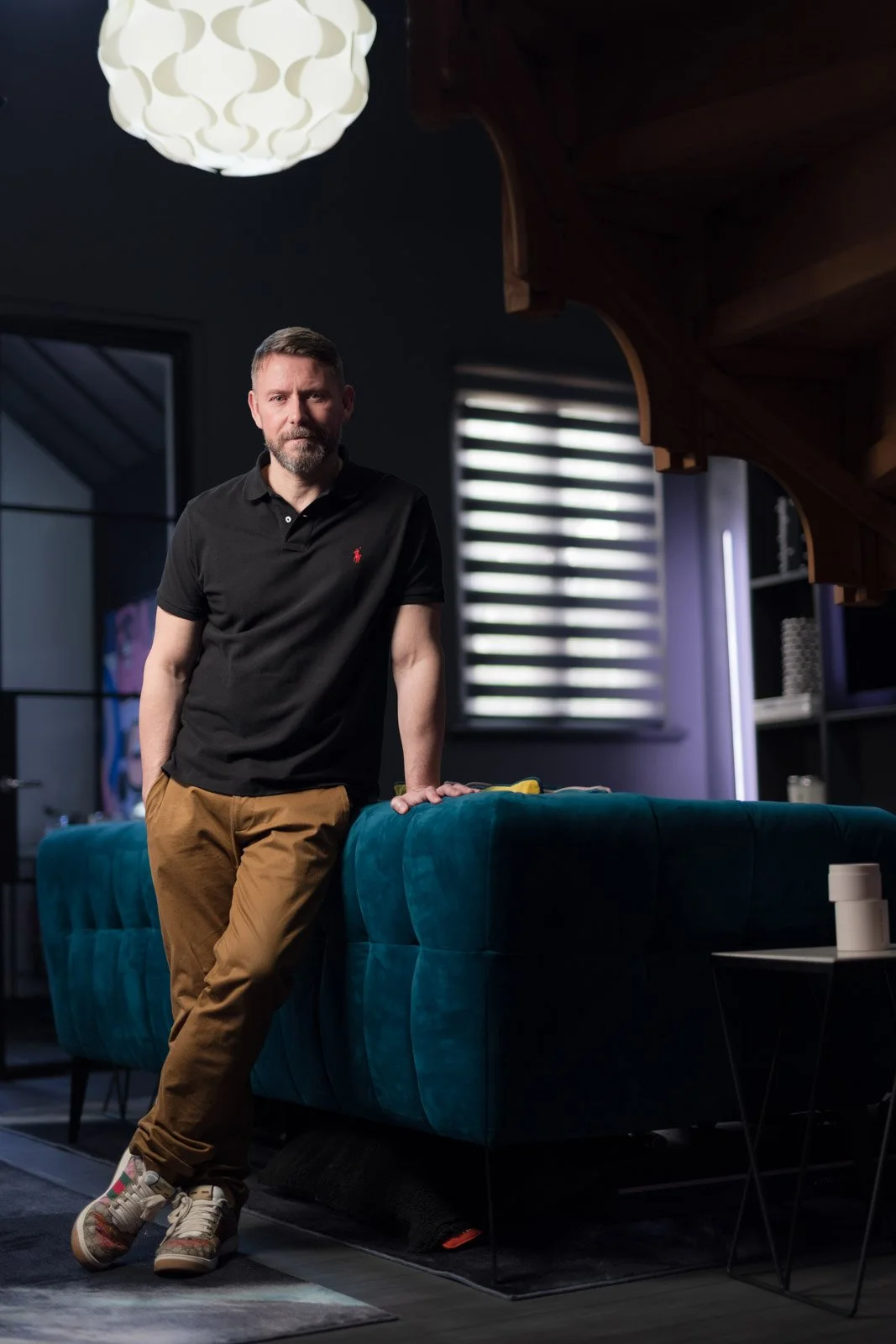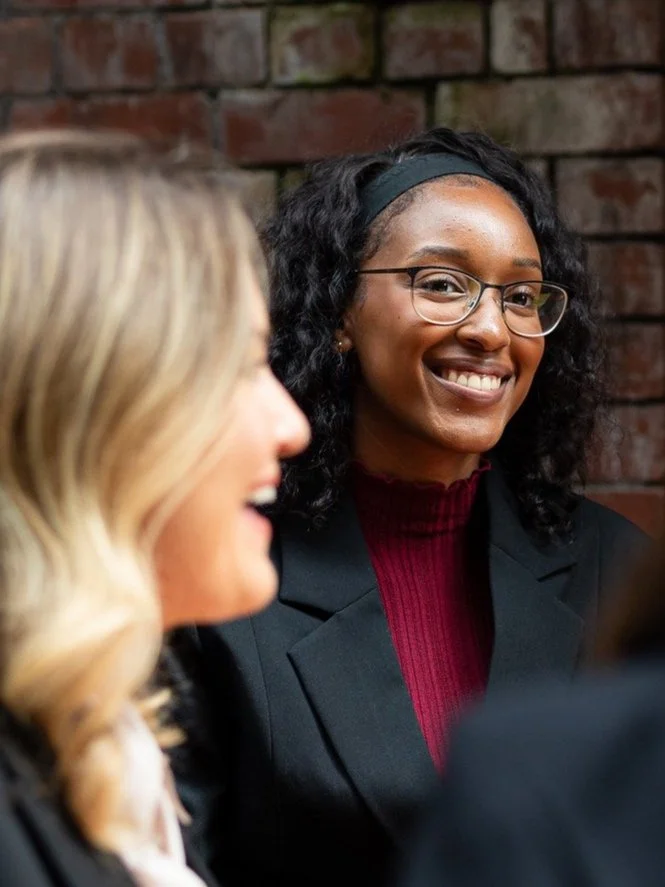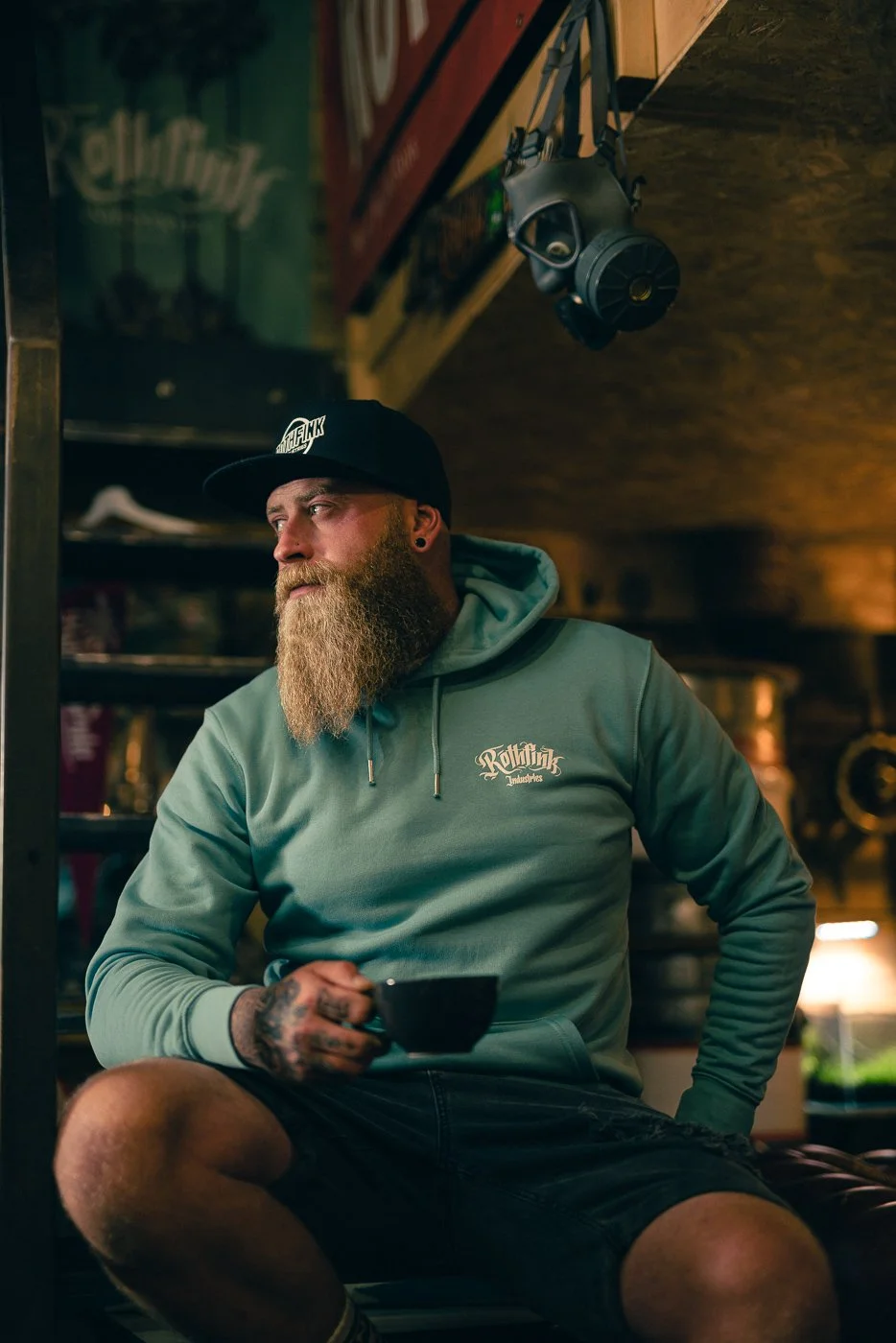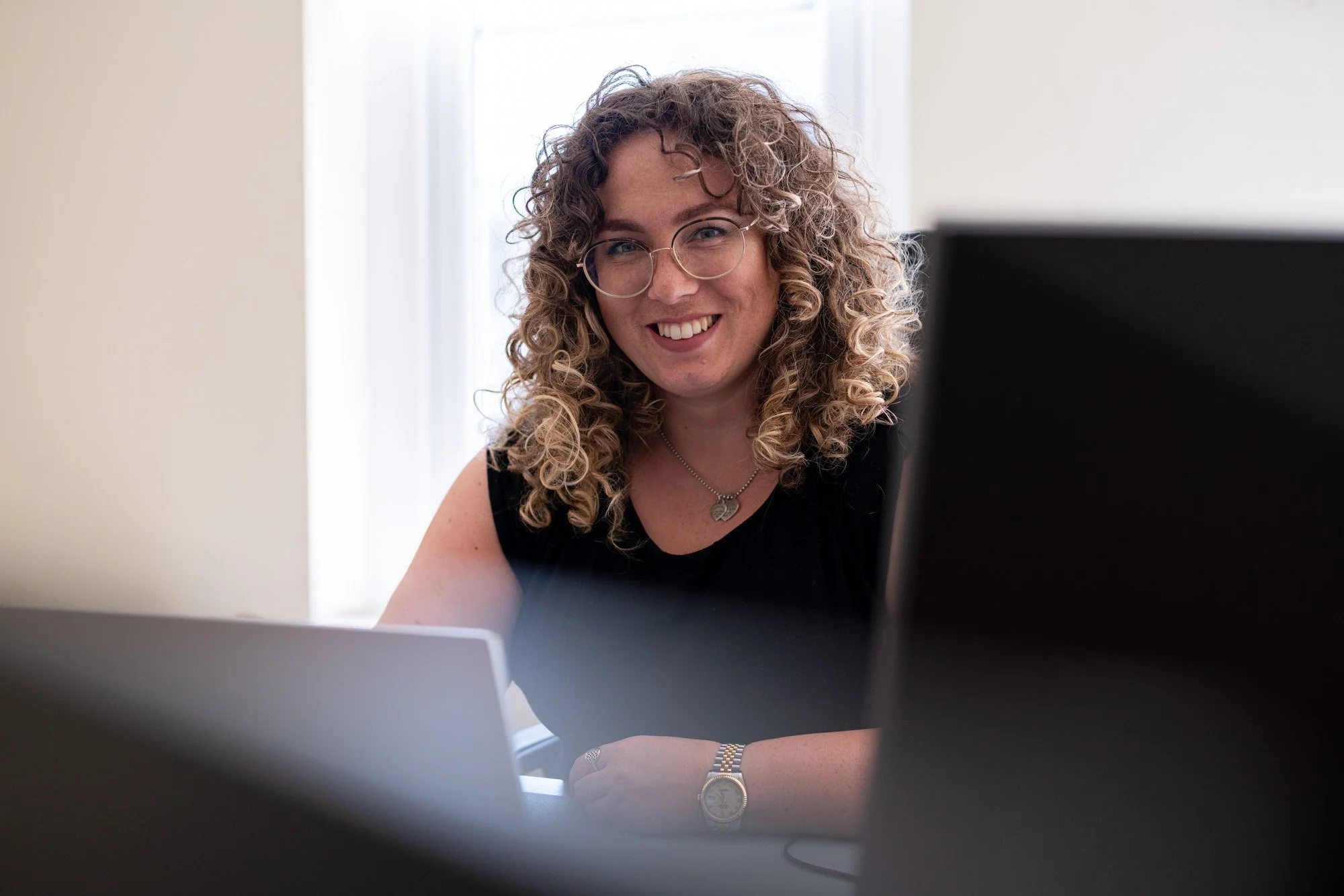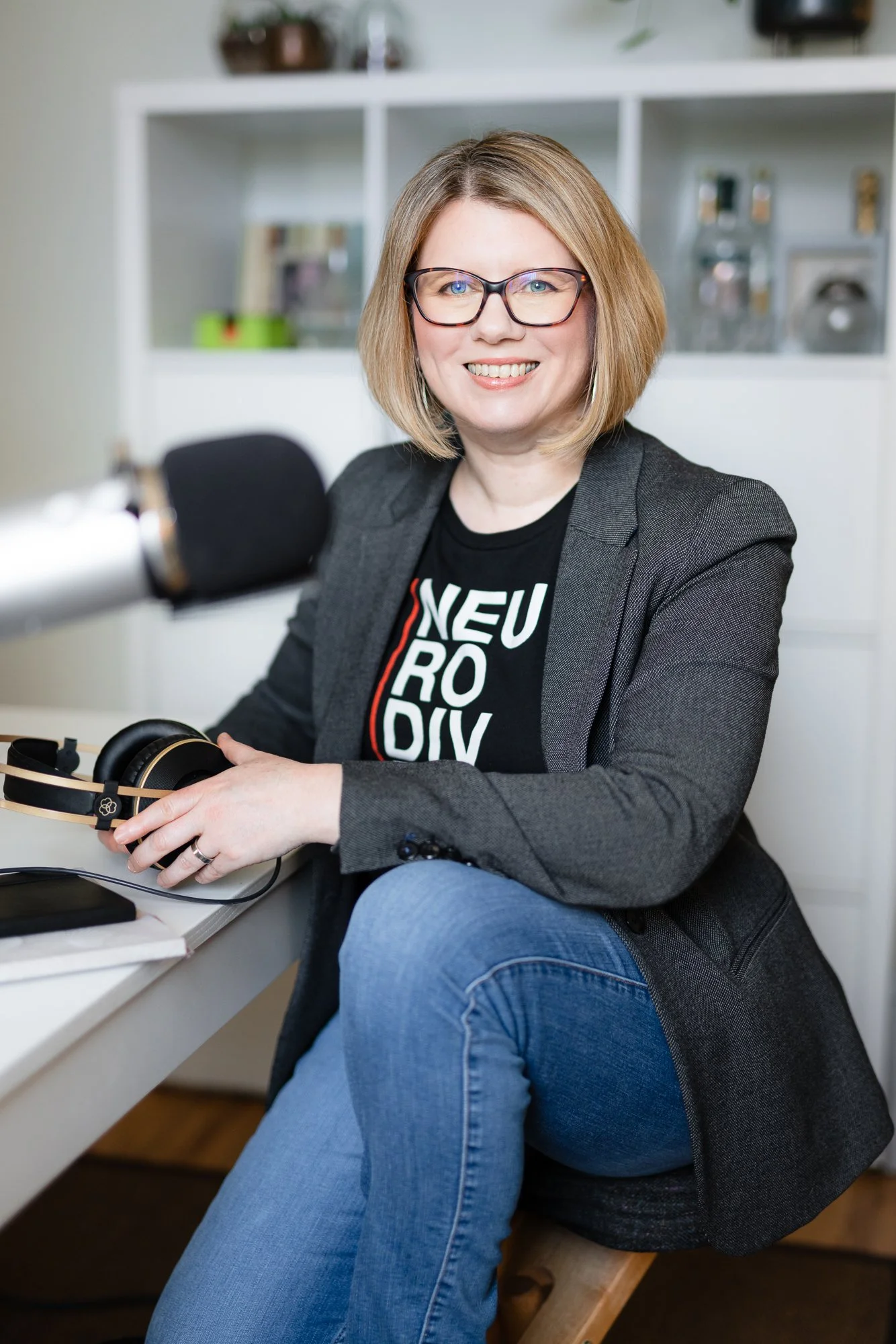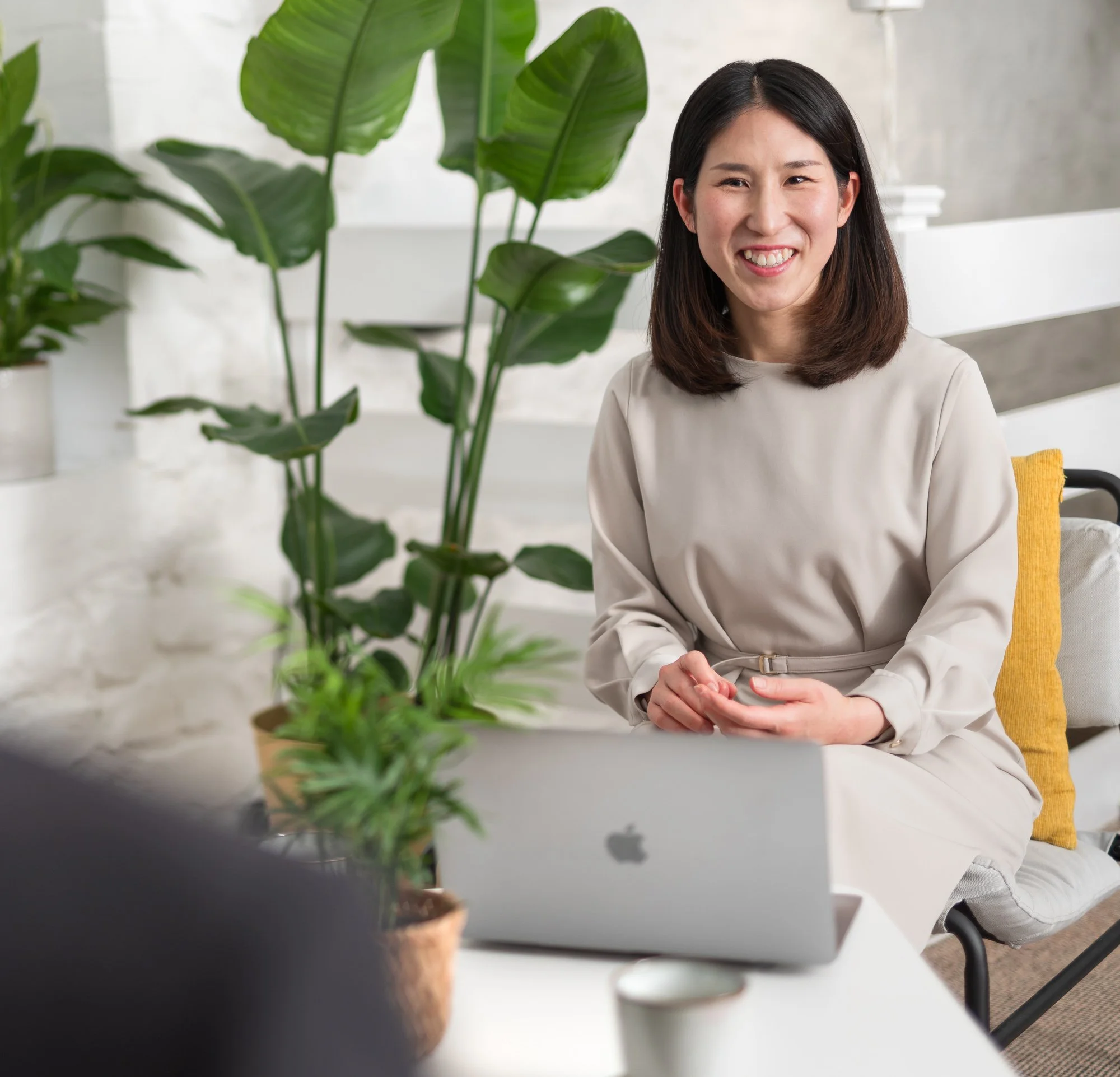Your official guide
How to prepare for your commercial photoshoot
Whether you’ve booked a personal brand photoshoot, planning a commercial photoshoot for your company or organisation or simply getting new headshots to raise your online profile - getting ready for a photoshoot can be an exciting and slightly daunting venture. This guide will go through some steps how you can ensure you get the best from your photographic investment, and how to ensure that you get exactly what you want so your shoot goes without a hitch.
In this guide:
→ Communicate your vision & goals
→ Location, location, location
→ Preparing your space
→ Choosing the best clothing & shoes
→ Getting hair & makeup ready
→ Planning for the unexpected
→ Posing help & advice
→ Selecting good props
→ What to do the night before your shoot
Reportage / candids / lifestyle or whatever you call them are great for website and social media content as they portray authenticity rather than ‘staged’.
1. Communicate your vision & goals
First things first, what’s the aim of this photoshoot?
Are you refreshing your website, creating marketing materials, getting ‘shots for social’ or just updating those LinkedIn profiles? Once you have a clear vision, loop in your photographer. Share your goals, ideas, and any specific shots you need. This helps define a clear brief, direction and set of deliverables that everyone is clear on.
For my client below the brief was broken down into outputs required for their website and social media including:
reportage / candid / lifestyle shots of office and team
portraits against their brand colours
headshots on white (for proposals etc)
creative group portraits x 2
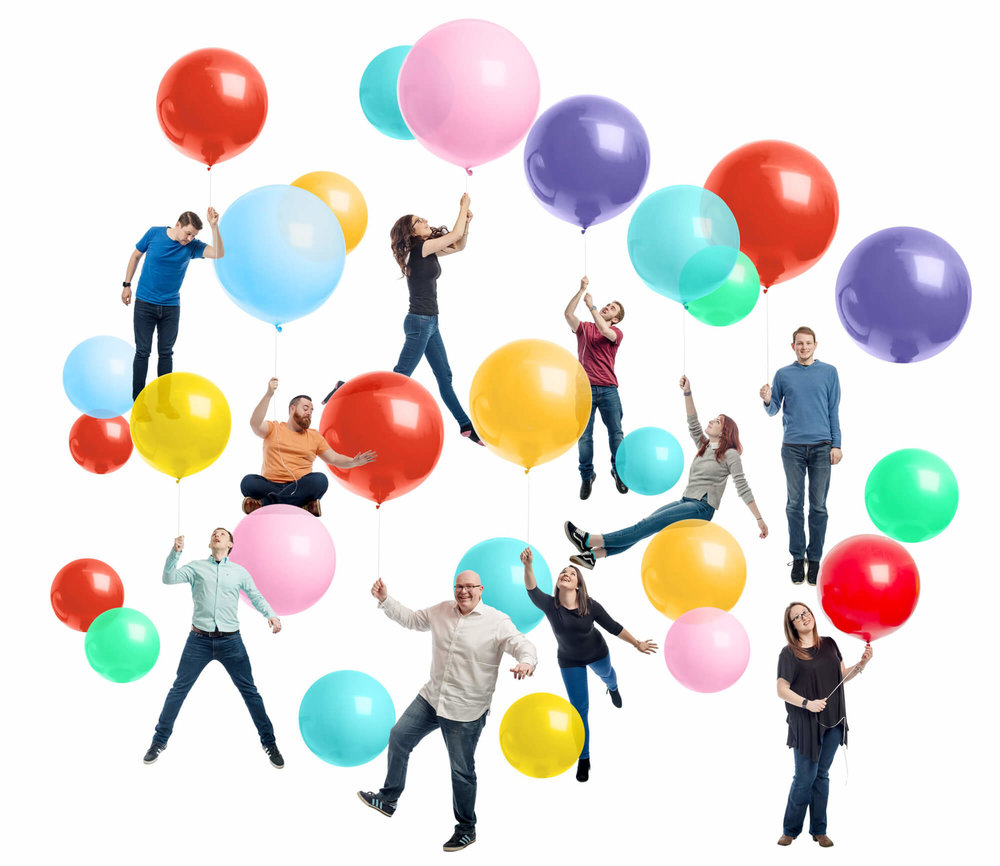
Creative group shots are great for creative companies or for companies who want to stand-out in their niche.
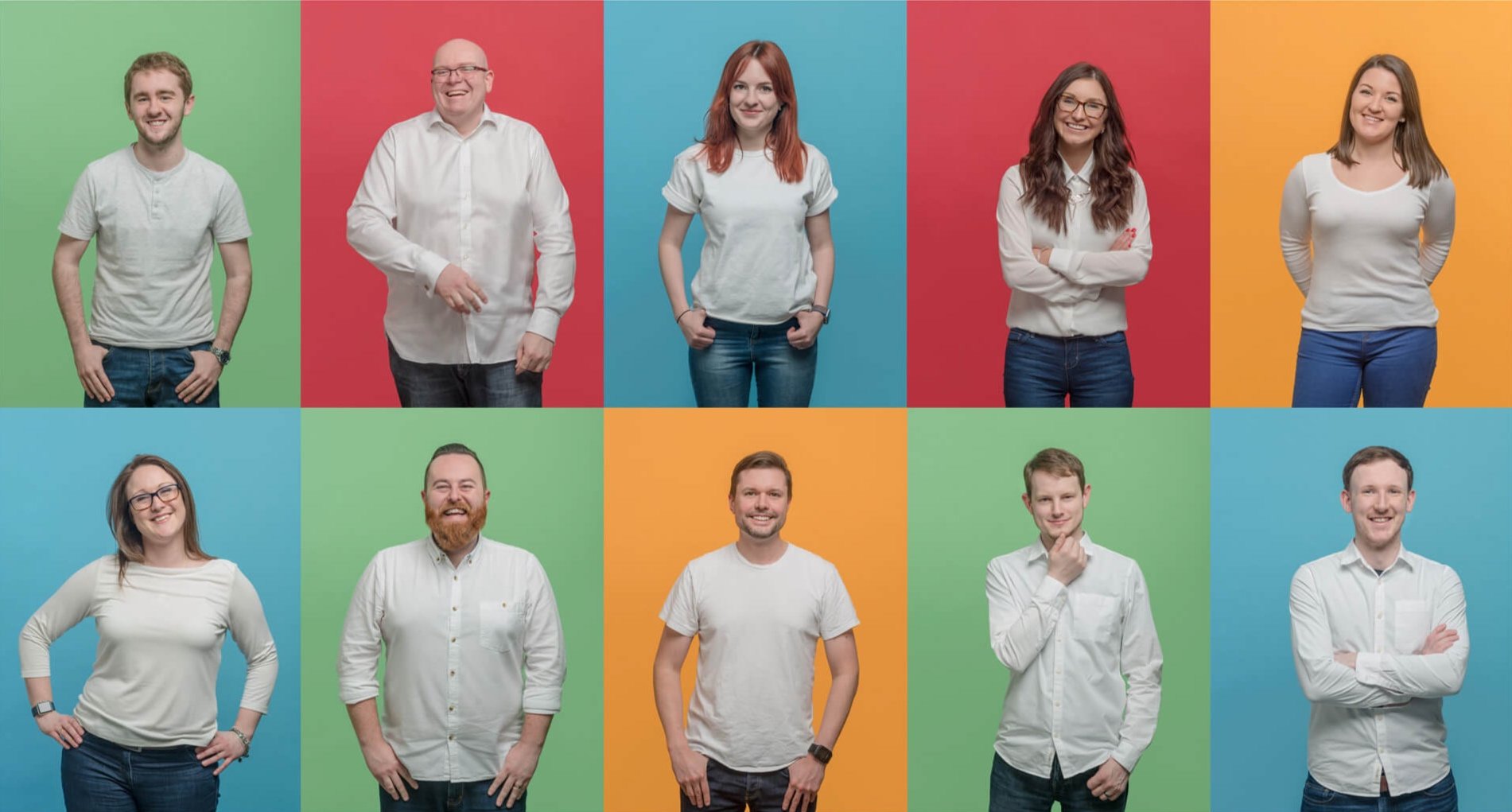
Formal portraits can be elevated if there are brand colours or an overall styling guide… however loose.
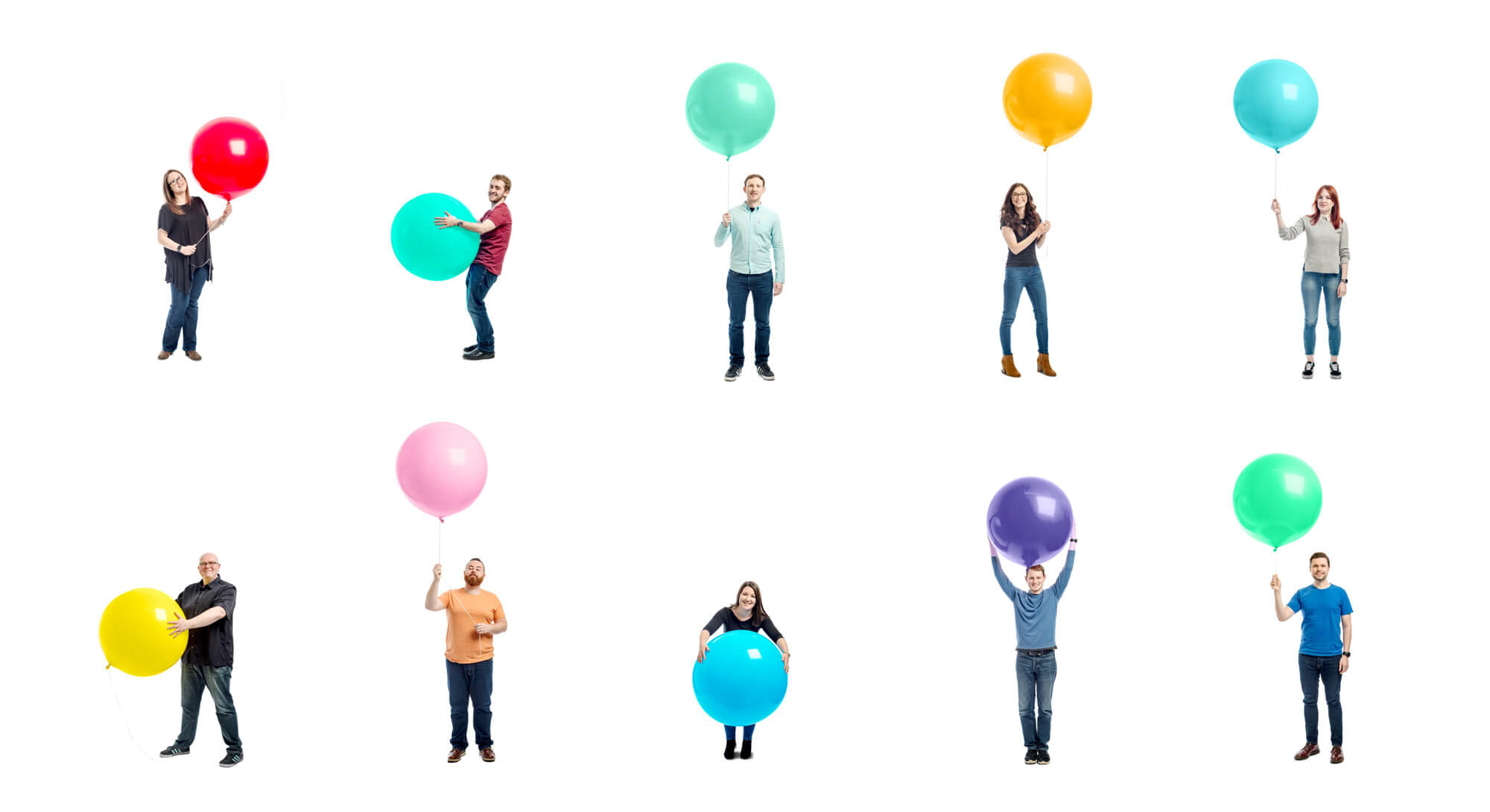
There are multiple ways to create dynamic group shots for your website or other applications.
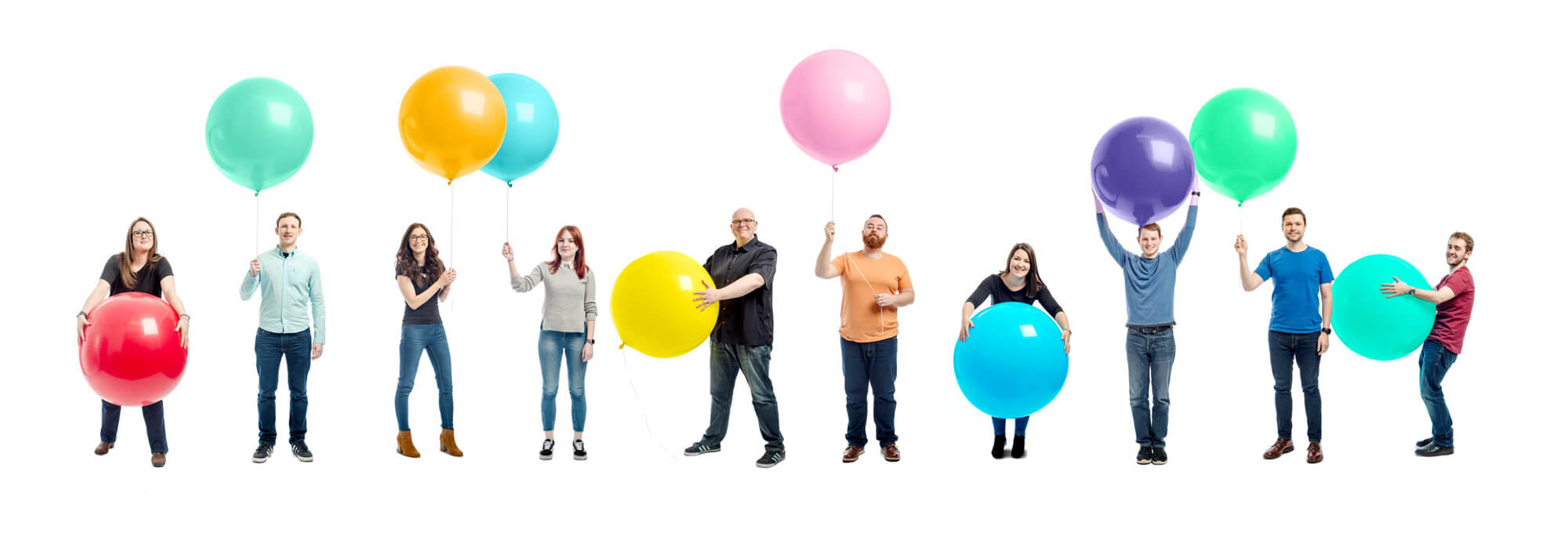
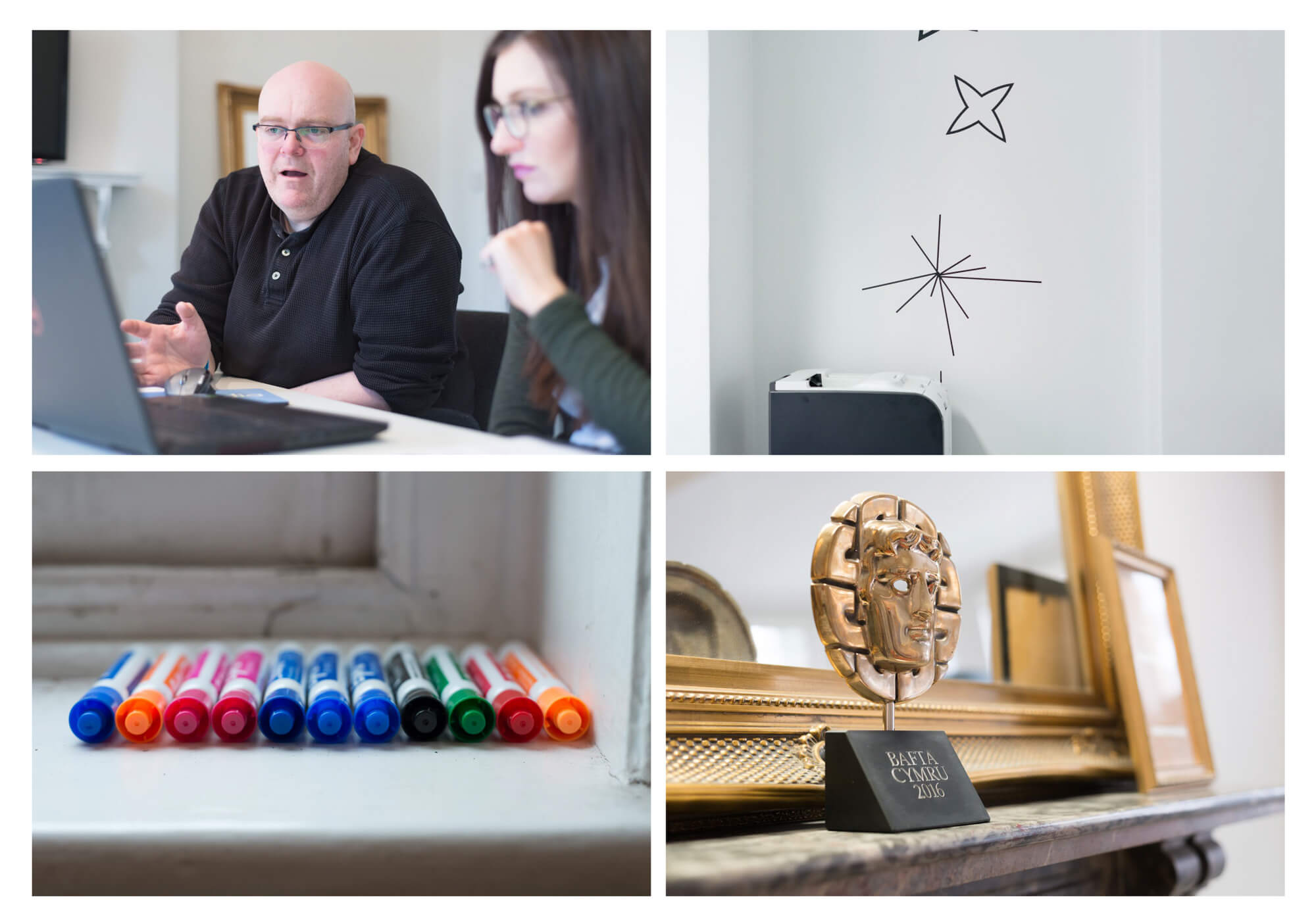
Lifestyle and candid shots also help to ‘storify’ your company.
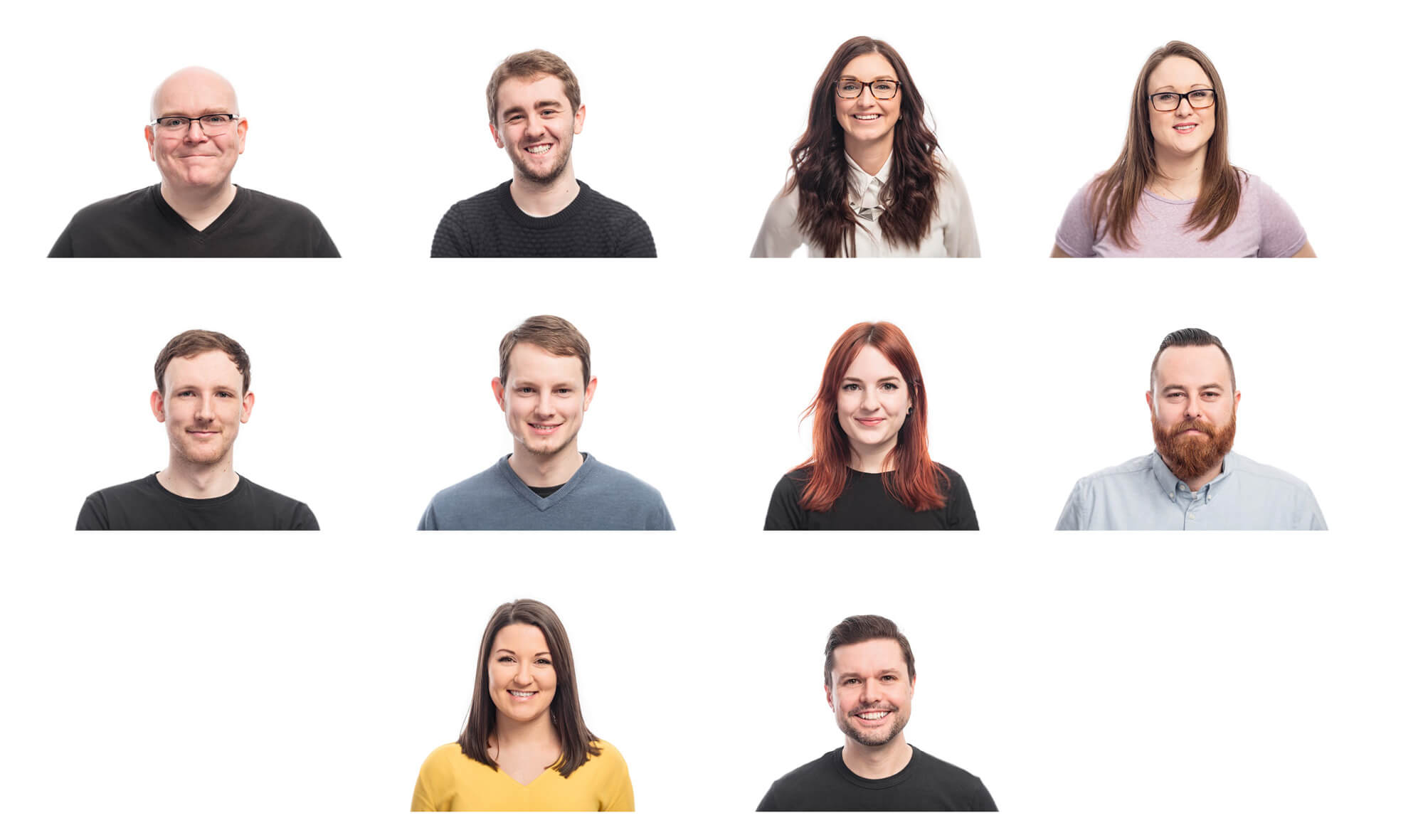
Formal headshots on white work for business applications all day - from key cards, avatars to proposal and presentation documents.
Top tip:
By taking people to new locations, or different spaces, you can instil a sense of excitement and ‘fun’ which positively comes across your images. From informal chats between colleagues through to relaxed and authentic poses of team members.
2. Location, location, location
Now, let’s talk about where to shoot.
While the office environment might be the first place that springs to mind for headshots, don’t be afraid to think outside the box. Maybe a local café, a local park, or a co-working space? Your choice of location can add an extra layer of personality to your photos.
For more engaged personal-branding shoots - we will more than likely cover different locations. Also, if your aim is to batch your social content, then we need to make sure we’ve got plenty of variety in those backgrounds.
Before - a creative ‘worked-in’ space can quickly be transformed by small adjustments and a good removal of stuff!
After - some visual interest was kept in addition to making the space feel like a ‘working space’, but a quick streamline of surfaces and nice use of angles can quickly transform your space into something more interesting.
3. Prepare your space
Familiarity breeds…. clutter.
If shooting at your premises / space / location / office, then start by taking a photo of your desired spots and look at the photo for things that distract - typical culprits include: cables, excess surface clutter, random trinkets, files, that strange nearly-dead plant that has been in the same place for 6 months and now feels like part of the furniture.
By looking at an actual photo on your phone you will clearly see areas that won’t look great in photos. If not, show someone else - ask them what they think.
If it’s a working environment, then pay attention to the details.
No one is expecting Hyacinth Bucket levels of cleanliness, but clear, orderly workspaces, factory spaces with clean, empty bins (yep, its the details), and people dressed smartly / sharply or in crisp uniforms can and will make a world of difference.
A solid dust, declutter and clean coupled with a staff memo around attire can really help lift a space and ultimately mean that we have more shots to choose from after the shoot.
4. Clothing
This part can be fun but also a bit scary.
You want to look professional but also authentic. Choose outfits that reflect your brand’s personality, and advise your team to do the same. If in doubt, solid colours usually work well, and avoid overly busy patterns.
What represents you, your company and your personal brand? Ultimately you need to feel comfortable in what you are wearing. Consider colours and clothing combinations especially in regards to the locations that you will be shooting to avoid tonal clashes and inappropriate choices (unless that is what you are after!).
Having removable items like jackets, tops can really help as we want to get as many shots as possible that can sit next to each other online without all looking like they’ve all been from the exact same shoot.
Prepare your clothes ahead of the shoot - including ironing, pressing etc and bring in a suit jacket.
Extra tip: check your clothes choices in a variety of poses in a mirror so you can see how they hang - are there problematic creases that appear?
And why not consider a professional stylist? They can really polish the look you’re going for. Or don’t want to dig too deep, quickly search your ‘style icon’ and have a go at ‘getting that look’ yourself!
You want to look professional but also authentic.
Choose outfits that reflect your brand’s personality, and advise your team to do the same. If in doubt, solid colours usually work well, and avoid overly busy patterns.
5. Shoes
A good pair of shoes can make you stand and pose even better even if they aren’t in shot for most of the images - it's part psychology on how they make you feel and how you physically have to hold yourself. Plus, if you do get a seated shot, there’s no issue if they are in.
“Shoes transform your body language and attitude. They lift you physically and emotionally.”
Good grooming is important for everyone for a successful photoshoot.
Make sure to get plenty of rest, drink plenty of water, and take care of your skin and hair in the days leading up to the shoot. If you’re unsure about hair and makeup, consider hiring a professional to help.
If you wear makeup, it's good practice to consider adding a touch more (but only a touch) than you normally would. If in doubt, keep a solid base that can be built upon. If we are using a makeup artist / hair stylist, this is something that would be discussed ahead of time with the MUA.
For personal brand photoshoots - remember that it is easier to add makeup than take-away - so start ‘lighter’ and then build up. You will be surprised how much (or how little) the camera shows of your makeup.
If you’re thinking about shaving - it can be best to shave the night before to let your skin recover.
6. Hair & makeup
7. Planning for the unexpected
Always have a Plan B, especially if you’re shooting outdoors (cue the unpredictable UK weather!). Ensure that suntan lotion, umbrellas, jackets and backup locations are all firmly to mind and to hand.
Legalities
Also, consider the legal side of things, like permissions for certain locations and respecting privacy rights. For some locations, getting permission is required - this may be as simple as asking, but with some places, for commercial purposes, a fee is also required.
8. Posing help & advice
Business owners stepping in front of the camera can benefit significantly from posing tips to ensure their professional image is captured exactly as intended. My aim of any shoot is to make sure you look confident, approachable and authentic.
You can prepare by taking pose inspiration from photos that you like, and also practicing the poses in front of a mirror or with your SO - it can mean we get more time shooting and end up with more usable shots, plus the added bonus that you are already more familiar with posing.
Ultimately, don’t worry, being a ‘perfect poser’ isn’t essential - I will help guide you through a series of poses and we will work together to get something that looks natural and flattering.
If you’re looking for some posing inspiration, check out a few of my Pinterest boards.
Also - you need to remember that only the photos that you are happy with will be used - so it’s fine to try something different and see what works.
Business headshots & posing inspiration board
Informal business portraits inspiration board
We’re not talking anything theatrical here (well, not necessarily) - but a few well placed props can lift your shots and add variety - especially great if you are getting extra collateral for your social media channels.
Computers, notepads, mugs and simple business / brand relevant items can help lift your imagery and help tell a story.
Prepare by curating your items together and ensuring they reflect the vision you want. I.e. if you are wanting to present a ‘luxe’ image, then only high end items should be considered.
9. Props
Top tip:
Bring your clothes in a suit bag to change into at the shoot and avoid that latte spill on the morning commute or creased jacket from driving.
10. The eve of the shoot
A day before the shoot, double-check all the details with your photographer.
Make sure your outfits and clean and ironed, and props are ready to go. Don’t forget – a good night’s sleep is your best friend.
Thinking of planning a photoshoot?
Book your free 15min online consultation
Pick the time that suits you and get a Google Meet link. We’ll chat through you and your brand or business, what you want from the shoot, location & prop ideas, and your preferred photoshoot date.

